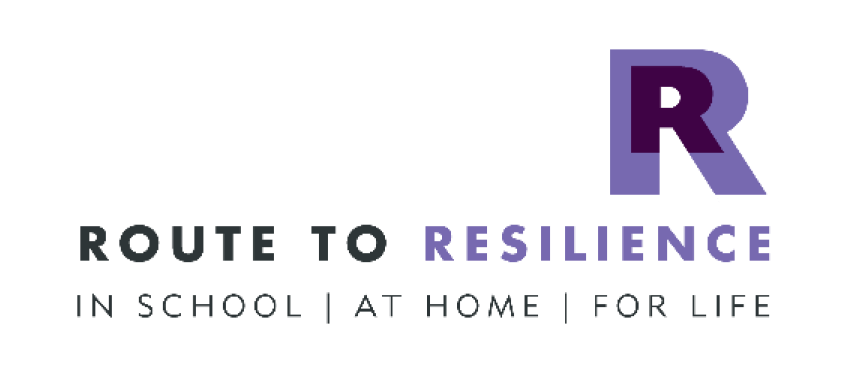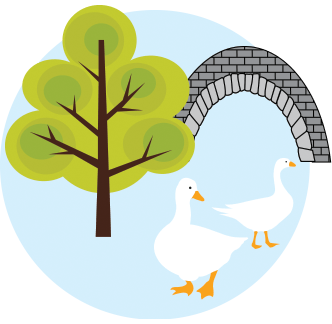What’s it all about?
Route to Resilience is an exciting whole school project that we have completed. Led by Steve Harris, Wellbeing Education, we develop strong character muscles in the children that prepare them well for learning and for life.
Our Character Muscle Vocabulary
Please find below a document with the vocabulary we use at Knighton Mead to help our children build their character muscles.
Character Muscles Vocabulary (MISSING LINK)
Teaching Character
Rationale
Before character can become an integral part of teaching and learning the basic concept must first be taught. Guy Claxton’s metaphor of seeing these characteristics as ‘muscles’ is very helpful as it conveys a number of key points that the teaching phase needs to help children understand…
- We all have all of these qualities to a greater or lesser extent.
- Through conscious exercise and focus they can be made stronger.
- A characteristic that is built through one exercise is transferable to a different context.
- The correct combination of muscles applied to the task at hand is the route to success.
- If we have areas that are perceived as weaker-the best response is not to avoid this ‘muscle’ but to make yourself exercise it (confidence, self-control etc.)
- Successful people are a combination of these basic muscles. Whilst it may not be possible to play football all day, there are plenty of opportunities to strengthen teamwork, creativity, self-control, perseverance and the many other qualities that combine into success. These are then transferred from one activity to another.
It is important that children internalize the idea that we each possess the full range of characteristics celebrated, and that they can strengthen all of these capacities through sustained effort. School is a great opportunity to explore new ways to develop these transferable, and valued, human traits.
Practical Steps
- Explain that at different times (and for different tasks) we need to draw on different aspects of our personality to achieve. This is true socially, academically, and in terms of self-belief.
- Help pupils explore their own strengths, and those of others. Be careful not to allow children to think that their current strengths and weaknesses are fixed. Areas of weakness are made stronger through practice. Pupils may draw an avatar of themselves listing their existing strengths on the inside of this figure, and identifying areas they would like/need to further strengthen on the outside.
- Deconstruct the characteristics needed to succeed in various fields-author, footballer, hairdresser,anything pupils admire. There is a lot of common ground, and whilst we cannot play football all day,we find many ways to strengthen teamwork, perseverance, imitation, communication etc.
- Build self-belief. Where pupils feel they have a weakness ask them to think of times they have evidenced that characteristic. Can’t concentrate? What’s the longest you ever played a computer game for? This shows children that these skills are transferable to different contexts—and that they do have the capacity to improve.

Is It a National Priority?

Department for Education
“We can all recognise the attitudes, traits and values that are so sought by employers, parents and educators: persistence, integrity, curiosity, resourcefulness and so on.
These character traits not only open doors to employment and social opportunities but tend to underpin academic success and young people’s happiness and wellbeing as well.
The country’s leading state and independent schools demonstrate how a concerted focus on instilling these kinds of character traits throughout school life is the most effective model.” -DfE Stategic Plan
DfE Strategy 2015-2020
12 – Build character and resilience
Support schools to develop pupils into well-rounded, confident, happy, and resilient individuals to boost their academic attainment, employability and ability to engage in society as active citizens.
11 – Support & protect vulnerable children
Support schools to help children and young people build good mental health and access support where they need it.
5 – Embed rigorous standards, curriculum, and assessment
Ensure schools help all pupils progress, particularly stretching the most able pupils and supporting low attainers.

Future in Mind
- Promoting resilience, prevention and early intervention
- Improving access to effective support– a system without tiers
- Developing the workforce
“Many schools are developing whole school approaches to promoting resilience & improving emotional wellbeing, preventing mental health problems from arising and providing early support where they do. Evidence shows that interventions taking a whole school approach to wellbeing have a positive impact in relation to both physical health and mental wellbeing.”


 Be Kind. Work Hard. Strive for Excellence.
Be Kind. Work Hard. Strive for Excellence.